How Much Do Storm Shelters Cost? A Breakdown of Options
Storm Shelter Cost Overview

Storm shelters vary in cost based on several factors, including the type of shelter and materials used. Understanding these aspects can help individuals make informed decisions about their safety investments.
Average Cost for Adding a Storm Shelter
The average cost of storm shelters installation starts typically from $3,000 to $12,000. This range depends on various elements, including size and construction materials. A basic above-ground shelter for a national storm may start around $3,000, whereas a more elaborate underground tornado shelter can exceed $10,000.
Costs may also include installation fees, which can further impact the total price. Some homeowners opt for DIY options, allowing for potential savings if they possess the necessary skills and tools. It’s crucial for buyers to research options suited to their needs and budget.
Cost Breakdown by Type of Shelter
Cost of a storm shelters come in multiple types, each with distinct price points:
- Above-ground storm Shelters: Generally less expensive, prices can range from $3,000 to $6,000.
- In-Ground Shelters: Typically more costly due to excavation and installation, these range from $5,000 to $12,000.
- Safe Rooms: Designed to be rigid and safe from winds and debris, costs for these can vary widely, often between $4,000 and $10,000.
Factors influencing the price include materials, size, and specific enhancements like ventilation systems or emergency supplies storage. Understanding the different shelters allows for accurate budgeting and planning.
Factors That Influence Shelter Pricing
Several key factors and additional features add value and influence the pricing of storm shelters:
- Location: Areas with higher tornado terrain may see higher demand, impacting costs.
- Size: Larger shelters designed to accommodate more people expect to pay more.
- Material Quality: Reinforced concrete shelters will cost significantly more than basic metal options.
- Customization: Custom features like additional safety installations can raise overall expenses.
It's important for potential buyers to consider these factors and compare options to ensure safety without overspending.
Types of Storm Shelters and Their Costs
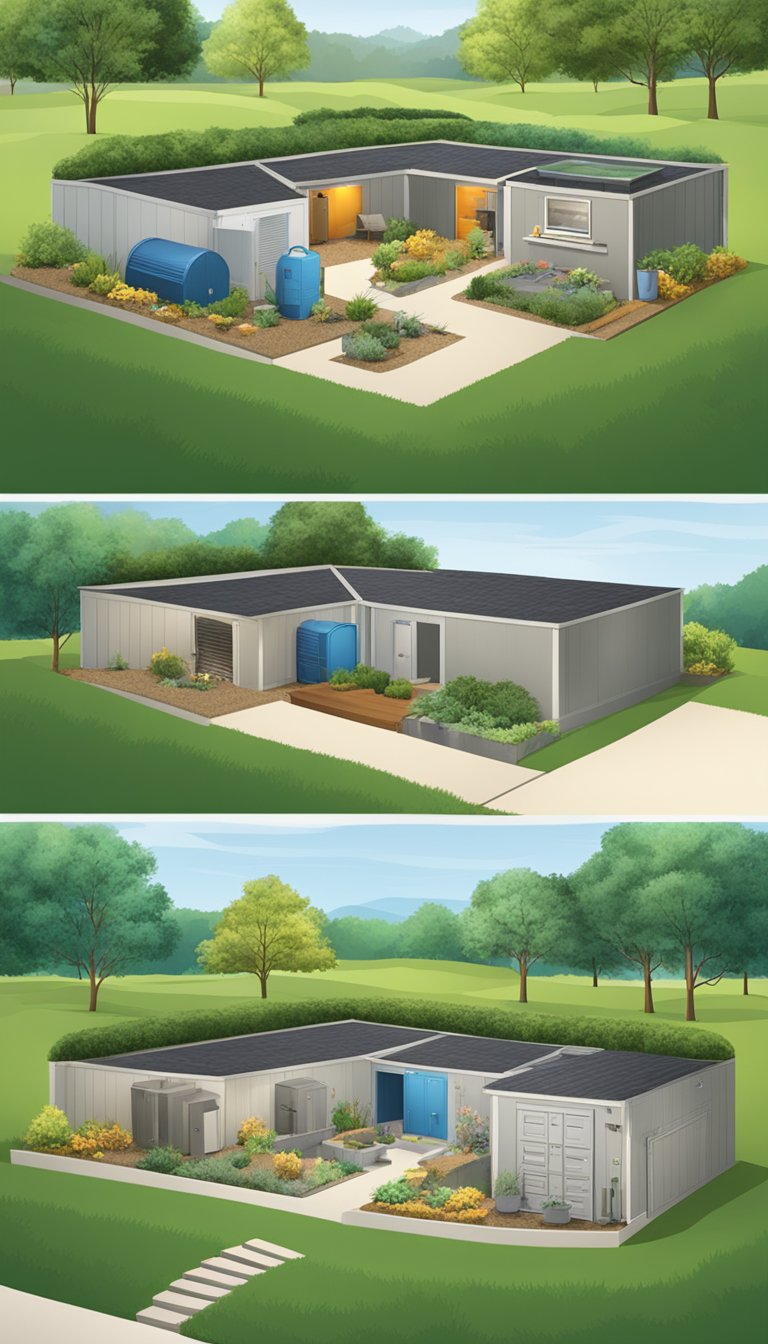
If you’re considering storm shelters, it's essential to understand the differences between in-ground and above-ground options, as well as the specific costs associated with various types. The choice of shelter can significantly impact safety and budget.
In-Ground vs. Above-Ground Shelters
In-ground shelters are typically constructed underground, often made from reinforced concrete or steel. Their cost generally ranges from $3,000 to $10,000, depending on size and materials. Common dimensions include 6x8 feet, providing adequate space for several occupants.
Above-ground shelters, on the other hand, are installed at ground level. These shelters can also be made from steel or other sturdy materials. The prices for storm shelter can increase but often fall between $2,000 and $7,000. Factors such as design complexity and added features can influence the total cost.
Underground Storm Shelters
Underground storm shelters are designed to offer maximum protection during severe weather events. They are generally built below the ground level and are often customizable in size and materials.
The average cost for underground shelters ranges from $4,000 to $12,000. This includes installation costs, which can increase depending on site conditions. Buyers may opt for features like ventilation, lighting, and reinforced doors, impacting the overall price.
A typical underground shelter may measure 6x8 feet, accommodating several individuals and supplies.
Prefabricated and Custom Shelters
Prefabricated storm shelters are manufactured off-site and delivered ready for installation. Their prices can be more economical, ranging from $2,500 to $8,000, depending on size and material choices. Common materials include steel and fiberglass.
Custom shelters are tailored to individual specifications, often resulting in higher costs. These shelters can include specific features like additional storage or enhanced security, leading to total expenses of $6,000 to $15,000.
The choice between prefabricated and custom shelters largely depends on budget and specific safety needs. Customization provides additional safety features but also increases investment significantly.
Size Requirements and Impact on Price
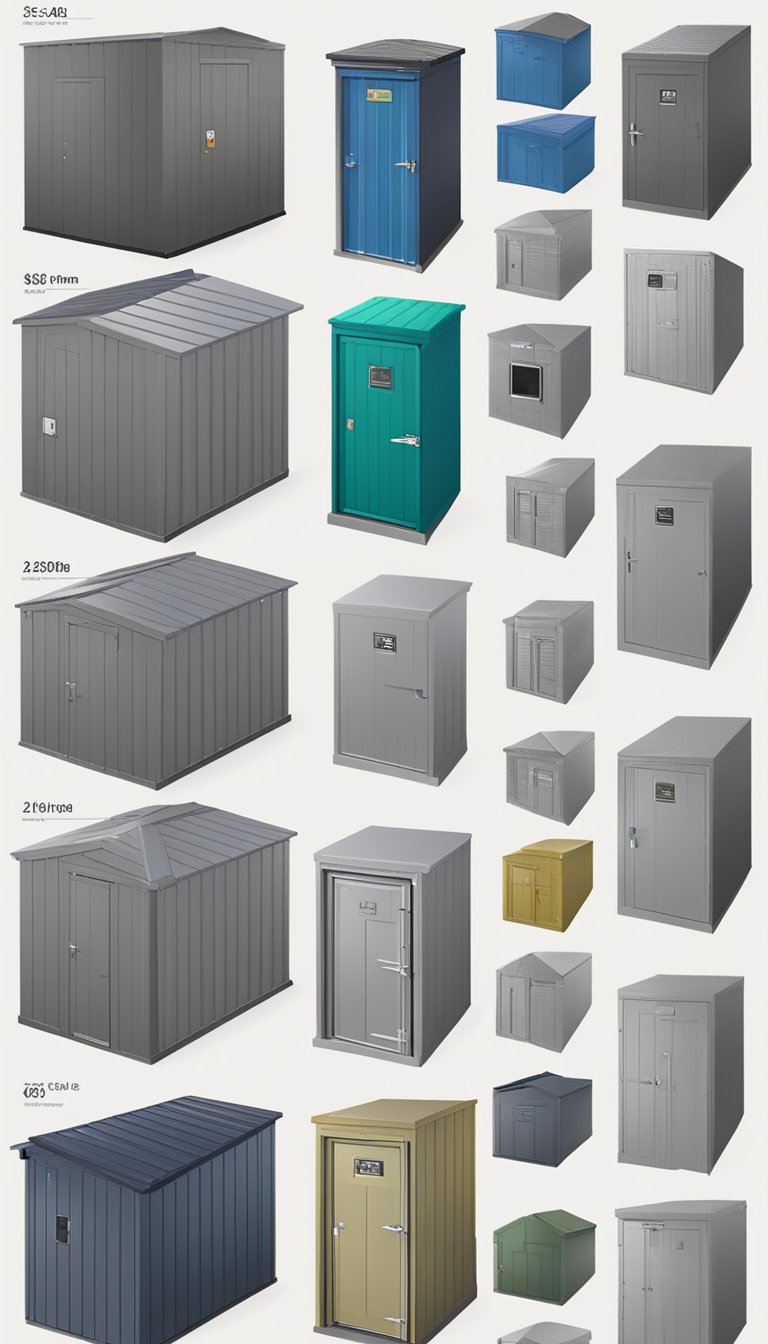
The size of a storm shelter directly affects its price and usability. As shelter size increases, so do construction costs and occupancy capabilities, which are critical considerations for buyers.
Shelter Size and Occupancy
Shelter size is typically determined by the intended occupancy. A general guideline suggests at least 10 square feet per person for adequate space.
For example:
- 2-4 People: 50-100 square feet
- 5-10 People: 100-200 square feet
- 11-20 People: 200-400 square feet
Larger shelters not only accommodate more occupants but also require additional structural reinforcements. This escalation in pricing correlates with increased material usage, safety features, and design complexity. Bigger shelters are fundamentally more costly due to these factors, which buyers must consider in their budgeting.
Distance and Shelter Size Considerations
The distance from the home to a storm shelter can also influence size requirements. If a shelter is located further away, it may need to be larger to ensure comfort during evacuation.
Factors to evaluate include:
- Travel Time: Longer distances may necessitate more space for additional supplies or seating.
- Accessibility: Shelters designed for more remote locations might integrate enhanced features, raising overall costs.
Additionally, local building codes may dictate certain distance specifications and size requirements, which can further impact the price. Buyers should consult with local authorities to ensure compliance with all regulations and to understand how these factors affect overall budget expectations.
Storm Shelter Installation Costs
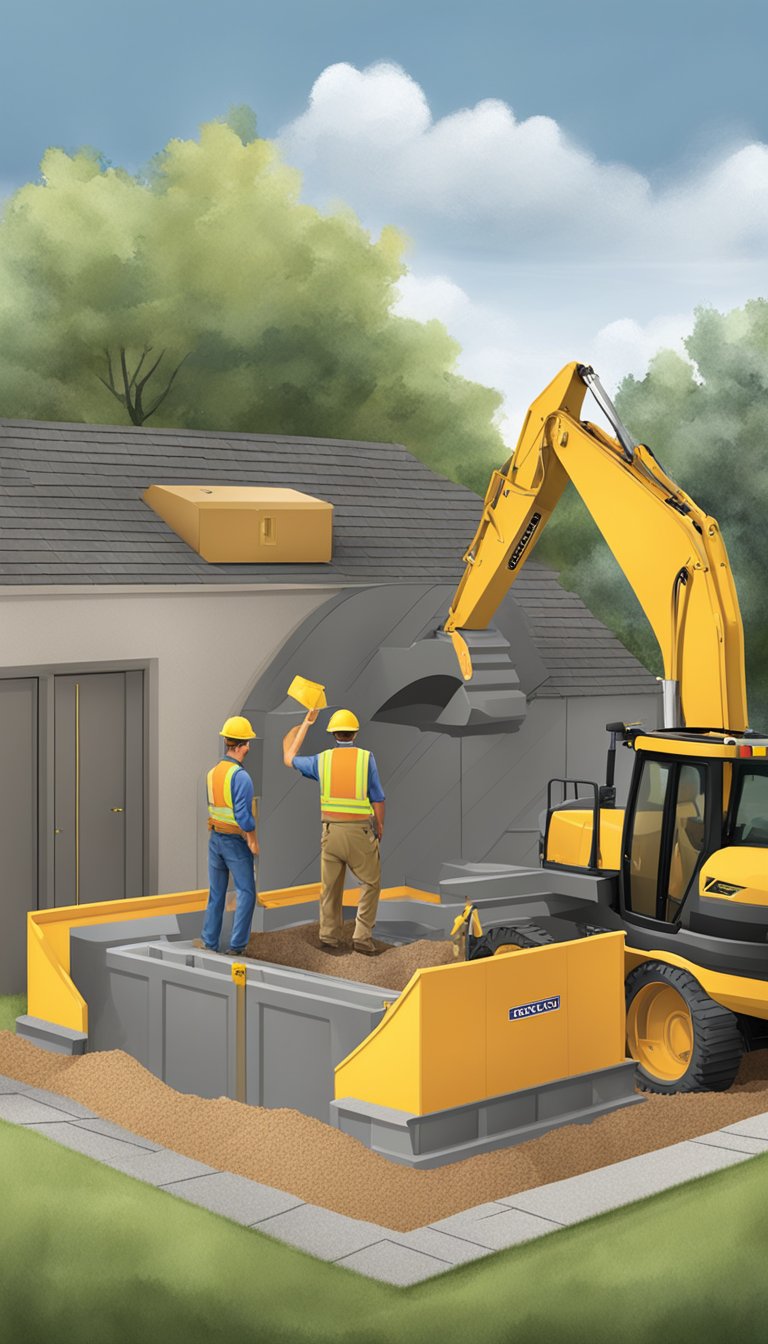
Understanding the costs associated with storm shelter installation involves examining various factors. Key elements include installation complexity and labor fees, as well as excavation and site preparation requirements.
Installation Complexity and Labor Fees
The installation complexity directly influences labor costs. Simple, pre-fabricated storm shelters typically require less labor, while customized installations may take longer, increasing expenses.
On average, labor fees can range from $50 to $100 per hour. Total installation might also depend on the size of the shelter and local labor rates. For instance, installing a shelter in a garage floor may differ significantly from a standalone unit needing more groundwork.
Homeowners should consider the installer’s experience and if specialized equipment is necessary for excavation and placement. A more complex installation could increase estimated costs by up to 20-30% due to specialized labor requirements.
Excavation and Site Preparation
Excavation and site preparation are crucial to storm shelter installation. This process ensures that the area is properly leveled and ready for the shelter’s foundation, which can consist of a concrete slab.
Costs for excavation depend on the terrain. Rocky or difficult landscapes may demand more effort and specialized equipment, increasing total expenses. Basic excavation can range from $1,000 to $3,000, depending on depth and site conditions.
Additionally, excess dirt removal is often necessary, which can add to disposal fees. Planning for these costs helps homeowners accurately budget for their storm shelters, ensuring a timely and effective installation process.
Location Factors Affecting Storm Shelter Costs
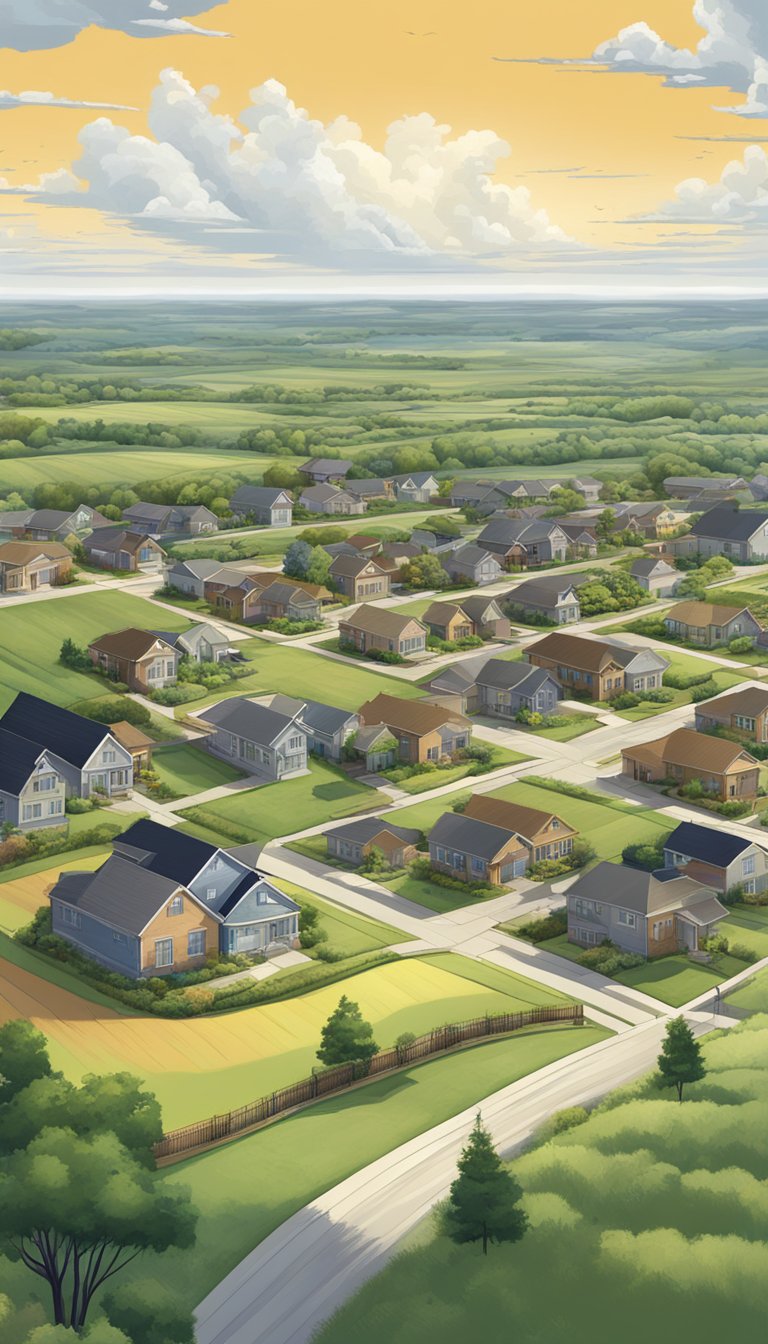
Location plays a crucial role in determining the cost of storm shelters. Factors such as the home structure and its placement, water table levels, and proximity to tornado-prone areas significantly influence pricing.
Home Structure and Placement
The type of home structure directly impacts storm shelter installation costs. For instance, homes with basements may have lower installation costs compared to those without, as shelters can be integrated more easily.
Placement is also vital. If a shelter is to be built close to the house, accessibility for individuals with mobility challenges needs careful consideration. Furthermore, the distance to the nearest city office can affect costs due to transportation fees and potential distance charges for materials and labor.
Water Table Levels and Accessibility
Water table levels influence where a storm shelter can be installed, which in turn affects costs. High water tables require specialized construction techniques to prevent flooding, increasing installation expenses.
Homeowners must evaluate whether the chosen location is accessible for all intended users. If a shelter is to be buried deep in the ground, it might necessitate additional excavation work, further raising costs.
Tornado-Prone Areas and Building Codes
Homes in tornado-prone areas face unique building codes that can drive up the price of storm shelters. These areas often require shelters to meet specific regulations for durability and safety.
Costs can vary depending on local building codes. Additionally, insurance premiums might be influenced by the shelter's proximity to tornado-prone regions, impacting the long-term value of the home. Compliance with standards may also necessitate hiring professionals familiar with local requirements.
Materials, Features, and Add-Ons
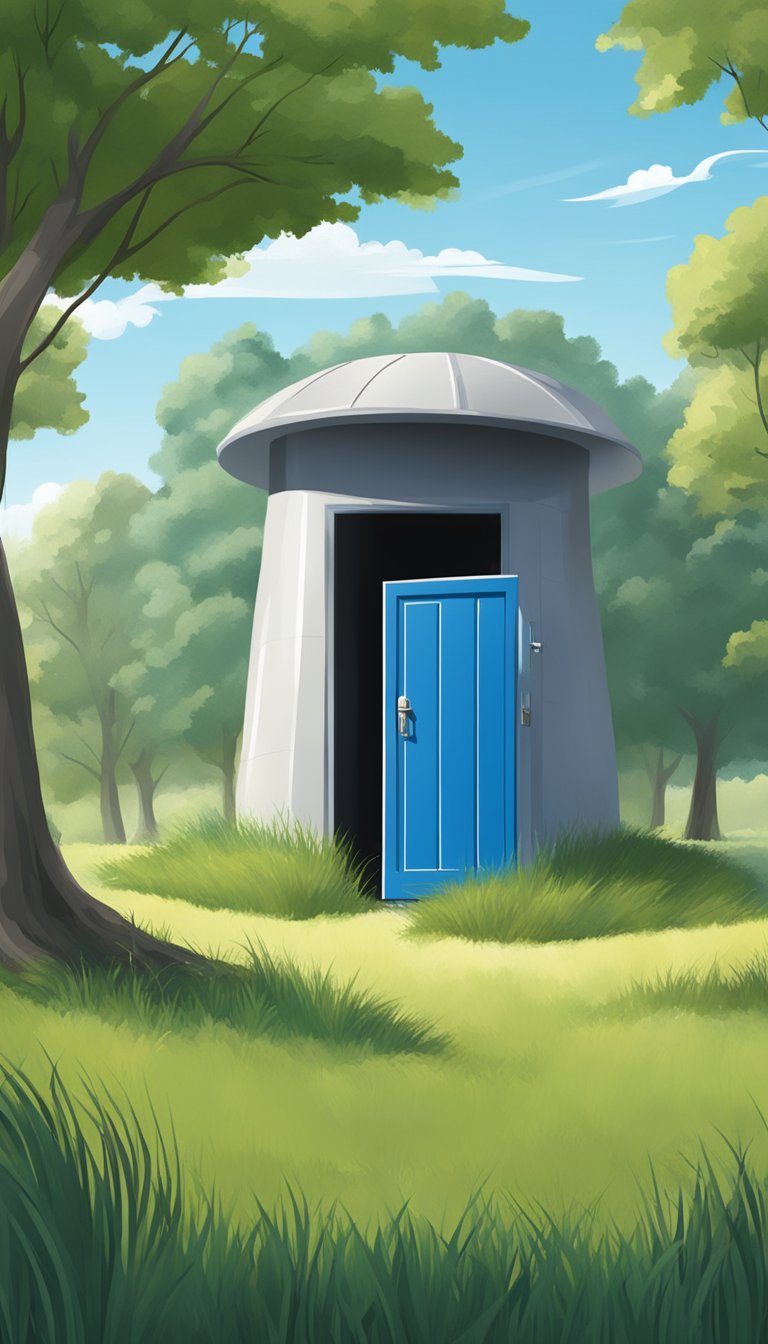
The materials used in storm shelters, along with their features and customizable options, greatly influence their effectiveness and cost. Understanding these aspects helps in selecting a storm shelter that meets safety and accessibility needs.
Storm Shelter Materials: Concrete, Steel, and More
Storm shelters are commonly constructed from concrete or steel, both of which provide substantial protection against severe weather.
- Concrete: Offers high durability and resistance to impact. Typical thickness ranges from 6 to 12 inches, which directly contributes to its safety ratings.
- Steel: Known for its strength and ductility, steel shelters are usually made from heavy-gauge metal. A thickness of ¼ inch or more is standard for optimal protection.
Other materials like fiberglass and wood can be used, but they do not offer the same level of protection as concrete or steel. They may be suitable for less severe weather conditions but often lack certified safety ratings.
Additional Storm Shelter Features
Shelters often include features designed to enhance safety and comfort during severe weather events.
- Ventilation: Essential to prevent heat buildup inside the shelter.
- Lighting: Battery-operated LED lights ensure visibility during power outages.
- Seating: Built-in benches maximize space and comfort for occupants.
Additionally, some shelters may feature reinforced doors, which are crucial for preventing breaches during strong winds or debris impacts. The positioning of the shelter, such as whether it is inside a garage or outdoors, can also affect its safety and overall accessibility.
Customization and Security Options
Customization options allow homeowners to tailor their storm shelters to specific needs. They may choose to add features like:
- Locking Mechanisms: Keyed or electronic locks enhance security during an evacuation.
- Emergency Supplies: Pre-packed kits with essentials such as water, food, and first-aid supplies can be included.
For accessibility, entrances can be modified for individuals with mobility impairments. This includes wider doors and ramps to ensure that everyone can reach the secure place without difficulty. Each customizable feature adds to the overall effectiveness and user experience of the storm shelter.
Value and Benefits of Investing in a Storm Shelter

Investing in a storm shelter offers significant advantages, including enhanced safety and potential increases in home value. This investment represents both a protective measure against severe weather and a way to provide peace of mind in uncertain times.
Storm Protection and Peace of Mind
A storm shelter provides robust protection against tornadoes, hurricanes, and other severe weather events. These shelters are designed to withstand extreme winds and flying debris.
Having a designated space ensures that residents have a safe area to retreat to during emergencies. This assurance can alleviate anxiety during storm season, knowing there’s a reliable refuge available.
The ability to protect loved ones adds emotional value to the investment. The peace of mind gained from knowing that a storm shelter is ready and waiting cannot be overstated.
Home Value and Insurance Considerations
Installing a storm shelter can enhance the overall value of a home. Potential buyers often view these structures as attractive features, especially in regions prone to severe weather.
Real estate agents indicate that homes equipped with storm shelters may command a higher sale price. This makes it an appealing investment for homeowners considering a future sale.
Additionally, some insurance companies offer discounts on homeowners' premiums with storm shelters in place. This financial benefit can help offset installation costs over time.
Long-Term Investment Strategies
Beyond immediate safety, a storm shelter serves as a long-term investment for property owners. The durability and reliability of these shelters ensure that they last for many years, providing ongoing protection.
Homeowners looking to enhance their property's safety and value should view storm shelters as imperative. Investing in one can also boost marketability, making the home more appealing during future sales.
Incorporating a storm shelter into a property reflects proactive planning. It demonstrates a commitment to safety and can be seen as an assurance policy against nature's unpredictability.
Choosing and Installing Your Storm Shelter
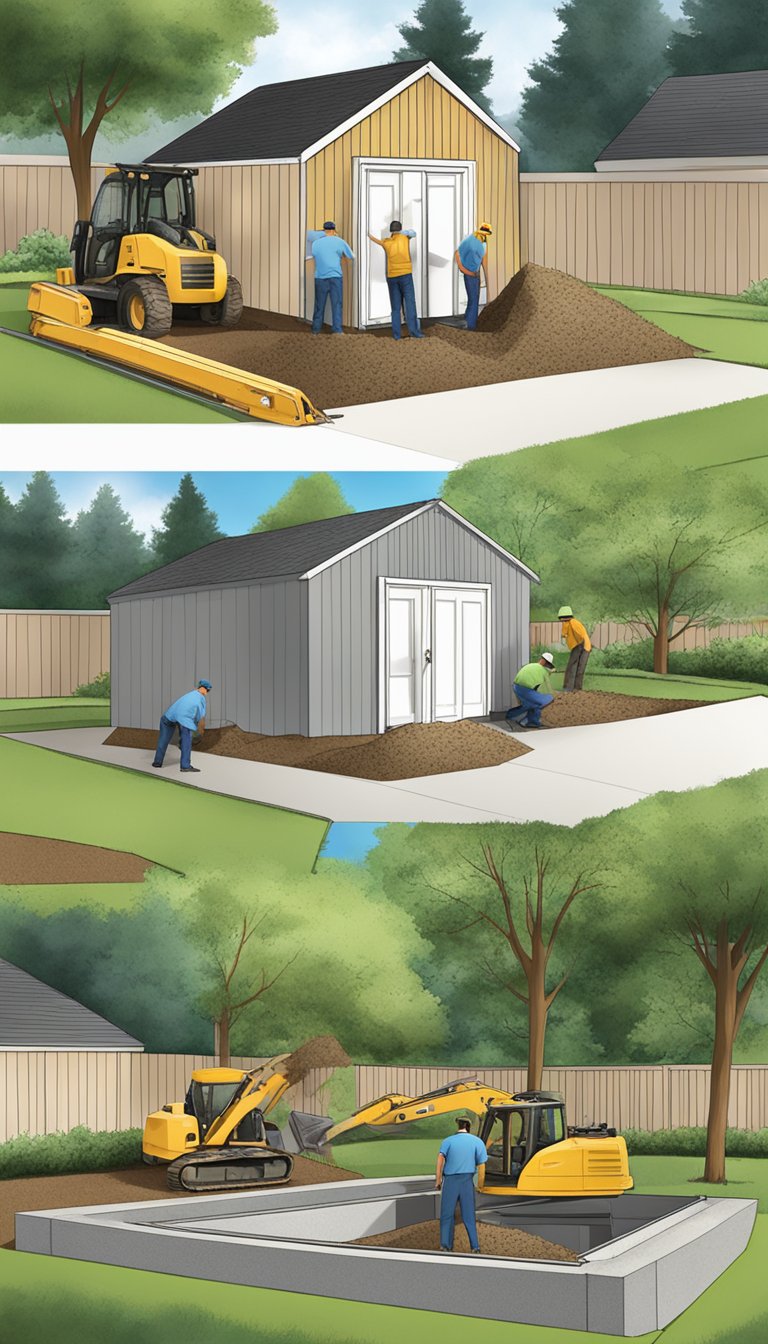
Selecting the right storm shelter involves evaluating personal needs, finding qualified installers, and ensuring compliance with national safety standards. Understanding these elements helps in making an informed decision that prioritizes safety.
Evaluating Specific Needs and Preferences
Determining the specific needs for a storm shelter depends on various factors, including family size, budget, and location. Individuals must consider whether they need a below-ground or above-ground shelter.
Key questions include:
- How many people will use the shelter?
- What types of storms are common in the area?
- What is the available space on the property?
Assessing local climate and typical storm patterns can guide decisions. Furthermore, features such as convenience, accessibility, and comfort during extended use are essential factors.
Selecting Qualified Installers
Choosing a reputable installer is critical for ensuring the shelter functions effectively. It is advisable to seek professionals who specialize in storm shelters and have experience with specific models.
A few important steps include:
- Researching reviews and testimonials.
- Checking credentials and certifications.
- Asking for examples of past installations.
Qualified installers should provide comprehensive assessments of the site and perform necessary preparations to ensure stability and safety.
Ensuring FEMA Compliance and Testing
Compliance with FEMA guidelines is vital for safety and insurance purposes. Checking that the chosen storm shelter meets these standards ensures reliable protection during extreme weather events.
It is encouraged to verify if shelters have been tested, such as those evaluated at Texas Tech University.
Key points include:
- Design specifications that align with FEMA requirements.
- Documentation of testing to confirm structural integrity.
- Consulting installers about compliance standards.
Cost Expectations: What You Need to Know
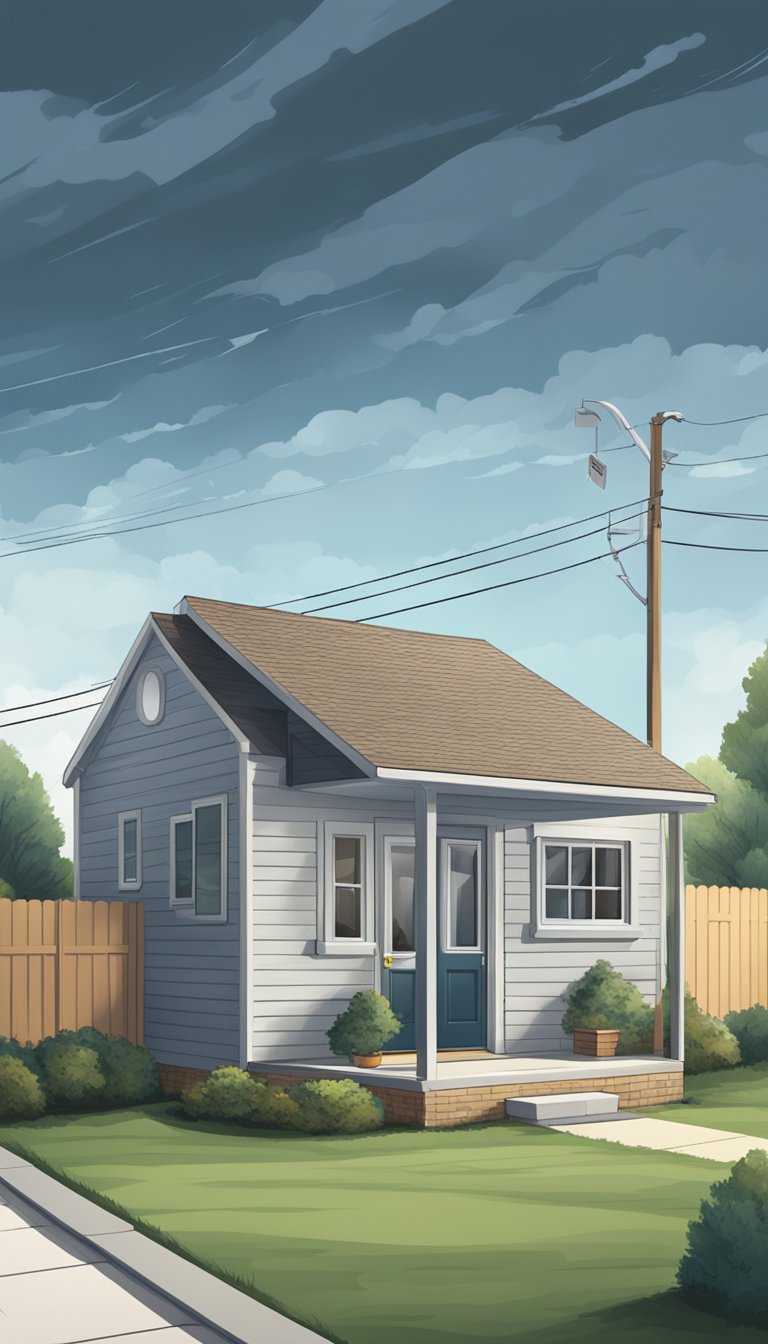
When considering storm shelter costs, it's essential to understand the factors that influence the overall expense. Key elements include the type of shelter, labor costs, and additional charges related to distance and construction methods.
Estimating Overall Expense
Estimating overall expenses for storm shelters varies significantly based on size, materials, and design. A basic storm shelter can range from $4,000 to $10,000 for standard models. Custom designs, which offer enhanced protection and comfort features, may cost between $10,000 and $30,000.
Cost Breakdown:
- Materials: Steel or reinforced concrete shelters tend to be more expensive than fiberglass or plastic options.
- Installation: Labor costs can vary widely by location, with estimates between $1,000 and $5,000.
- Maintenance: Regular upkeep can also add to the long-term expense.
Potential Distance Charges
Distance charges play a significant role in the total cost of storm shelters. Transportation fees for materials and labor can increase significantly based on how far the site is from the manufacturer or construction service.
Distance Charge Implications:
- Generally, a charge of $0.50 to $1.50 per mile may apply.
- Areas farther from urban centers tend to incur higher transportation fees.
- Coordination with local suppliers can help mitigate these costs.
Prefabrication Versus On-Site Construction
Choosing between prefabricated and on-site construction affects both price and installation time. Prefabricated shelters are typically less expensive and can be installed quickly.
Cost Comparison:
- Prefabricated Shelters: Price ranges from $3,000 to $15,000 and can often be set up within a day.
- On-Site Construction: Costs range from $10,000 to $30,000, typically taking longer to complete due to site preparation and custom designs.

Leave a Reply